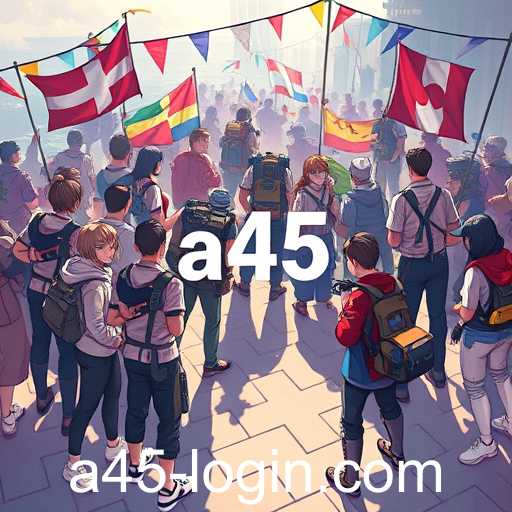An in-depth look into the 'Player Community' game category, exploring how these games foster interaction, creativity, and cultural exchange among players.
In today's digital age, video games have transcended beyond mere entertainment; they have become vibrant hubs for social interaction and community building. Among various game categories, "Player Community" stands out as a unique phenomenon, highlighting the essence of player interaction, collaboration, and participation. This category, often associated with the keyword "a45," captures the evolving dynamics of gaming communities and how they foster a sense of belonging among players.
At its core, the "Player Community" category refers to games designed with the player-to-player interaction at the forefront. These games thrive on the collaboration, competition, and communication that occur between players from diverse backgrounds. Whether it's strategizing in a team battle, trading in-game items, or participating in world-building endeavors, players are integral to the game's ecosystem, making their involvement crucial.
One key aspect that distinguishes "Player Community" games is their reliance on user-generated content. This includes custom levels, mods, skins, and even whole narratives created by players. Such contributions not only extend the lifespan of a game but also enable a more personalized gaming experience. This creativity is often spurred by the community's enthusiasm and the tools provided by developers, turning players into creators.
Another factor contributing to the growth of "Player Community" games is the rise of streaming platforms and social media. Players now have platforms to showcase their skills, share their thoughts, and connect with a global audience. The keyword "a45" often appears in forums and discussions, signifying a rallying point or a trend within these communities. It may represent a specific game event, a guild, or even an in-game item that has become iconic among players.
Developers continuously engage with player communities by facilitating feedback loops and incorporating community suggestions into game updates. This collaborative relationship fosters goodwill and loyalty, ensuring the game's long-term success. A vibrant player community acts as a self-sustaining marketing machine, where word-of-mouth and enthusiastic endorsements bring in new players.
Moreover, "Player Community" games have been instrumental in reducing geographical and cultural barriers. Players from different parts of the world can come together, forming friendships and alliances that often extend beyond the digital realm. These communities celebrate cultural diversity, encouraging players to learn from one another and appreciate different perspectives.
In conclusion, the "Player Community" category is a reflection of the transformative power of video games in connecting people. As game developers continue to innovate and push the boundaries of interactivity, these communities will remain at the heart of the gaming experience. They are not just groups of players but are becoming mini-societies with their own culture and norms. Looking forward, the influence of "Player Community" games will only continue to grow, further solidifying their role in shaping the future of digital interaction and entertainment.




